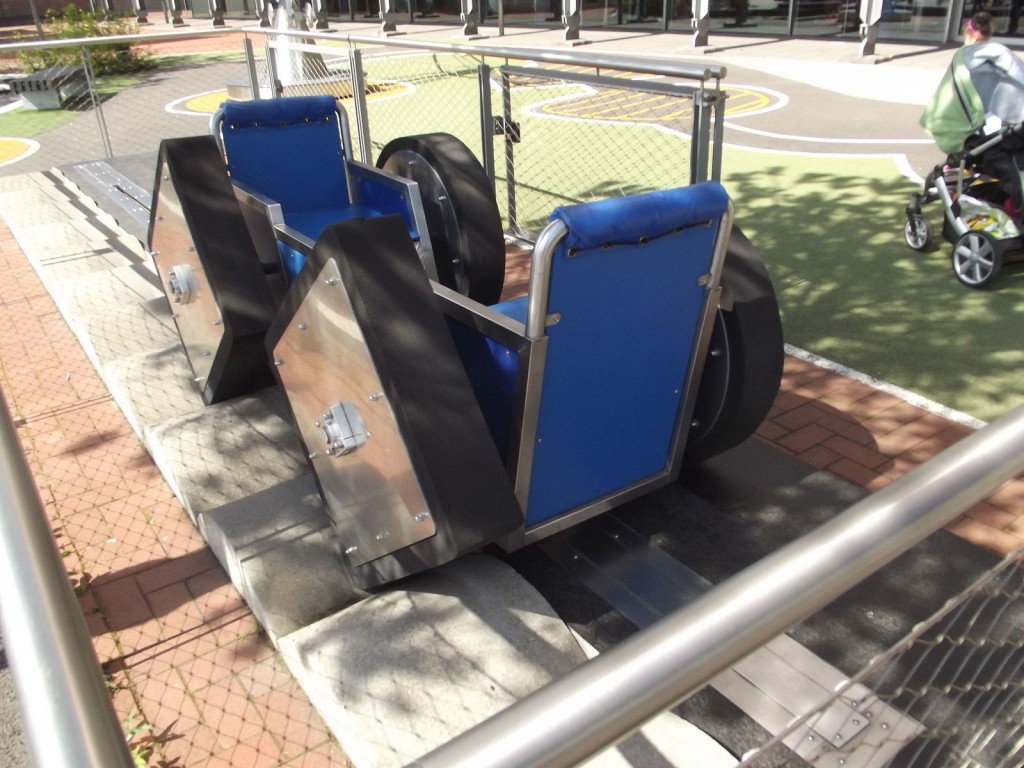13.5: Organizing Effective Teams
- Page ID
- 4845
Learning Objectives
- Understand how to create team norms, roles, and expectations.
- Identify keys to running effective team meetings.
When a team is well organized, it tends to perform well. Well-designed teams are able to capitalize on positive events while maintaining composure when facing a negative event. There are several strategies that can boost team effectiveness through effective organization.
Establishing Team Norms and Contracts
A key to successful team design is to have clear norms, roles, and expectations among team members. Problems such as social loafing or groupthink can be avoided by paying careful attention to team member differences and providing clear definitions for roles, expectancy, measurement, and rewards.
Team Norms
Norms are shared expectations about how things operate within a group or team. Just as new employees learn to understand and share the assumptions, norms, and values that are part of an organization’s culture, they also must learn the norms of their immediate team. This understanding helps teams be more cohesive and perform better. Norms are a powerful way of ensuring coordination within a team. For example, is it acceptable to be late to meetings? How prepared are you supposed to be at the meetings? Is it acceptable to criticize someone else’s work? These norms are shaped early during the life of a team and affect whether the team is productive, cohesive, and successful.
Explore some ideas about team norms by doing the Square Wheels exercise.
Square Wheels Exercise and Group Discussion
Sometimes it can be challenging to start a conversation around team ground rules and performance. The following exercise can be used to get a team talking about what works and what doesn’t in teams they’ve worked in and how your team can be designed most effectively.
Figure 13.12

This picture of a cart with square wheels is an illustration of how many organizations seem to operate. Print out the illustration and have everyone in your team write on the paper, identifying as many of the key issues and opportunities for improvement as you can. Following this, have a conversation around what this illustration might mean for your own team.
ell brown – Thinktank Science Garden – car with square wheels – CC BY-SA 2.0.
Team Contracts
Scientific research as well as experience working with thousands of teams show that teams that are able to articulate and agree on established ground rules, goals, and roles and develop a team contract around these standards are better equipped to face challenges that may arise within the team (Katzenback & Smith, 1993; Porter & Lilly, 1996). Having a team contract does not necessarily mean that the team will be successful, but it can serve as a road map when the team veers off course. Questions that can help to create a meaningful team contract include:
- Team Values and Goals: What are our shared team values? What is our team goal?
- Team Roles and Leadership: Who does what within this team? (Who takes notes at the meeting? Who sets the agenda? Who assigns tasks? Who runs the meetings?) Does the team have a formal leader? If so, what are his or her roles?
- Team Decision Making: How are minor decisions made? How are major decisions made?
- Team Communication: Who do you contact if you cannot make a meeting? Who communicates with whom? How often will the team meet?
- Team Performance: What constitutes good team performance? What if a team member tries hard but does not seem to be producing quality work? How will poor attendance/work quality be dealt with?


